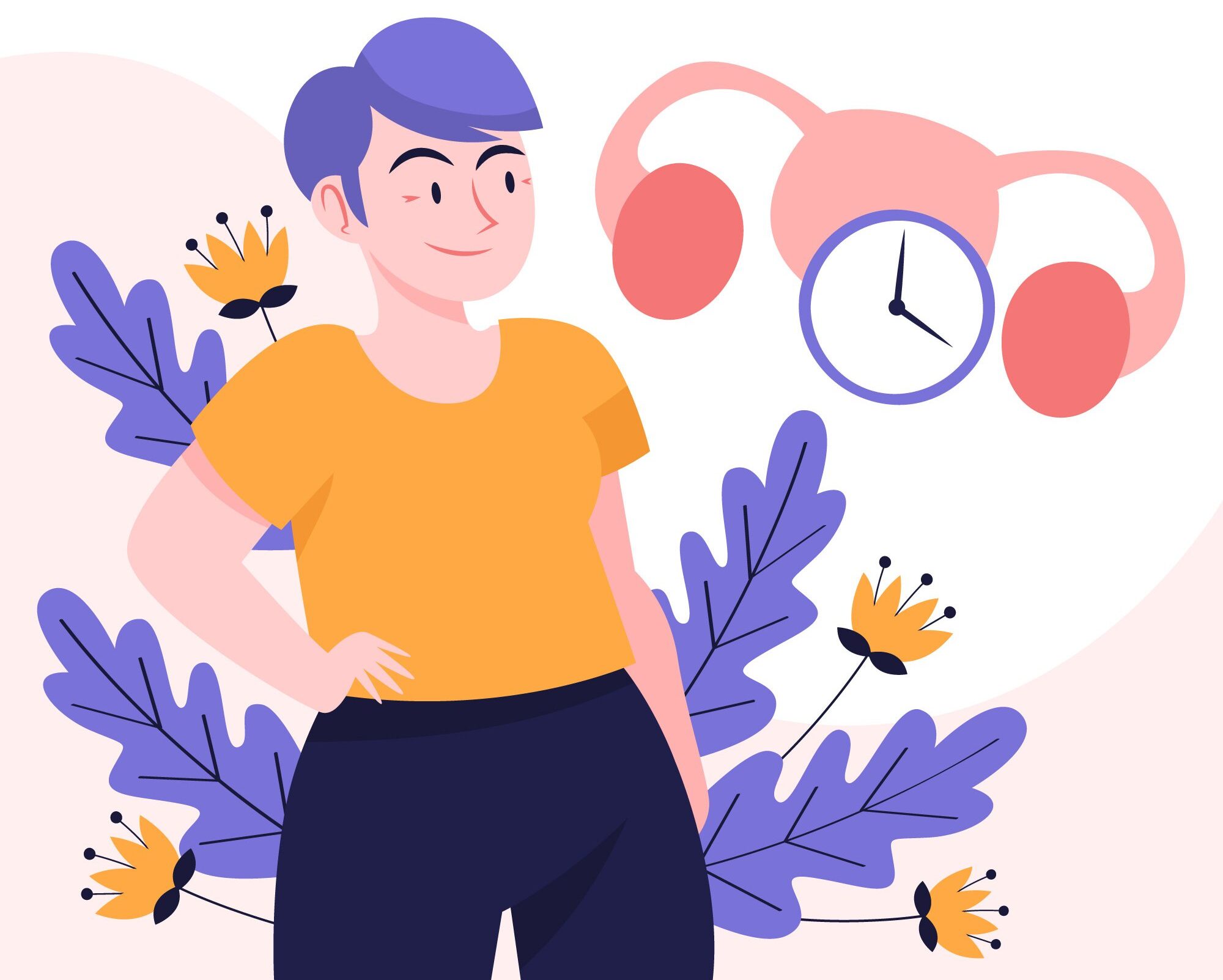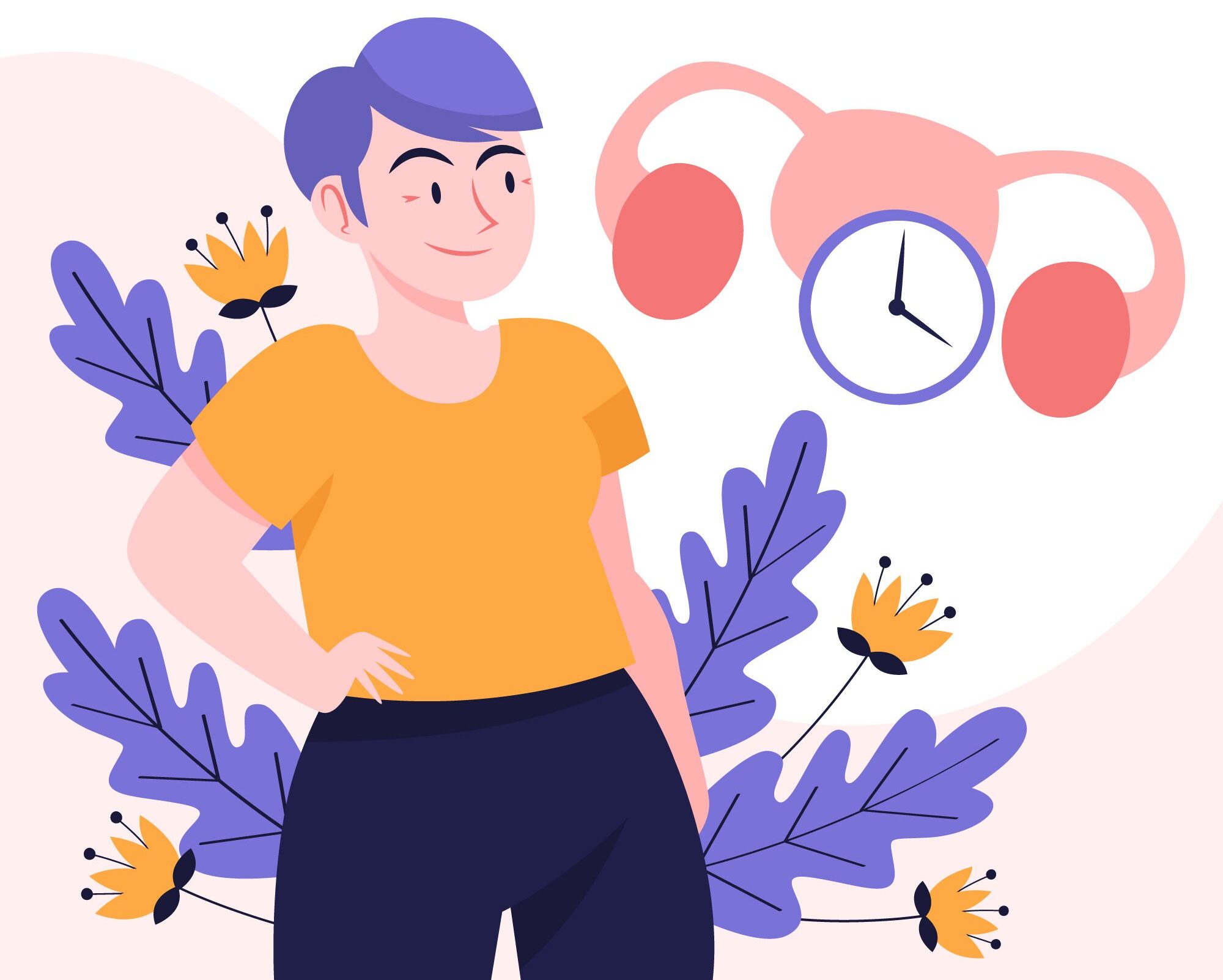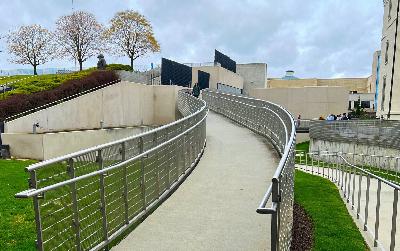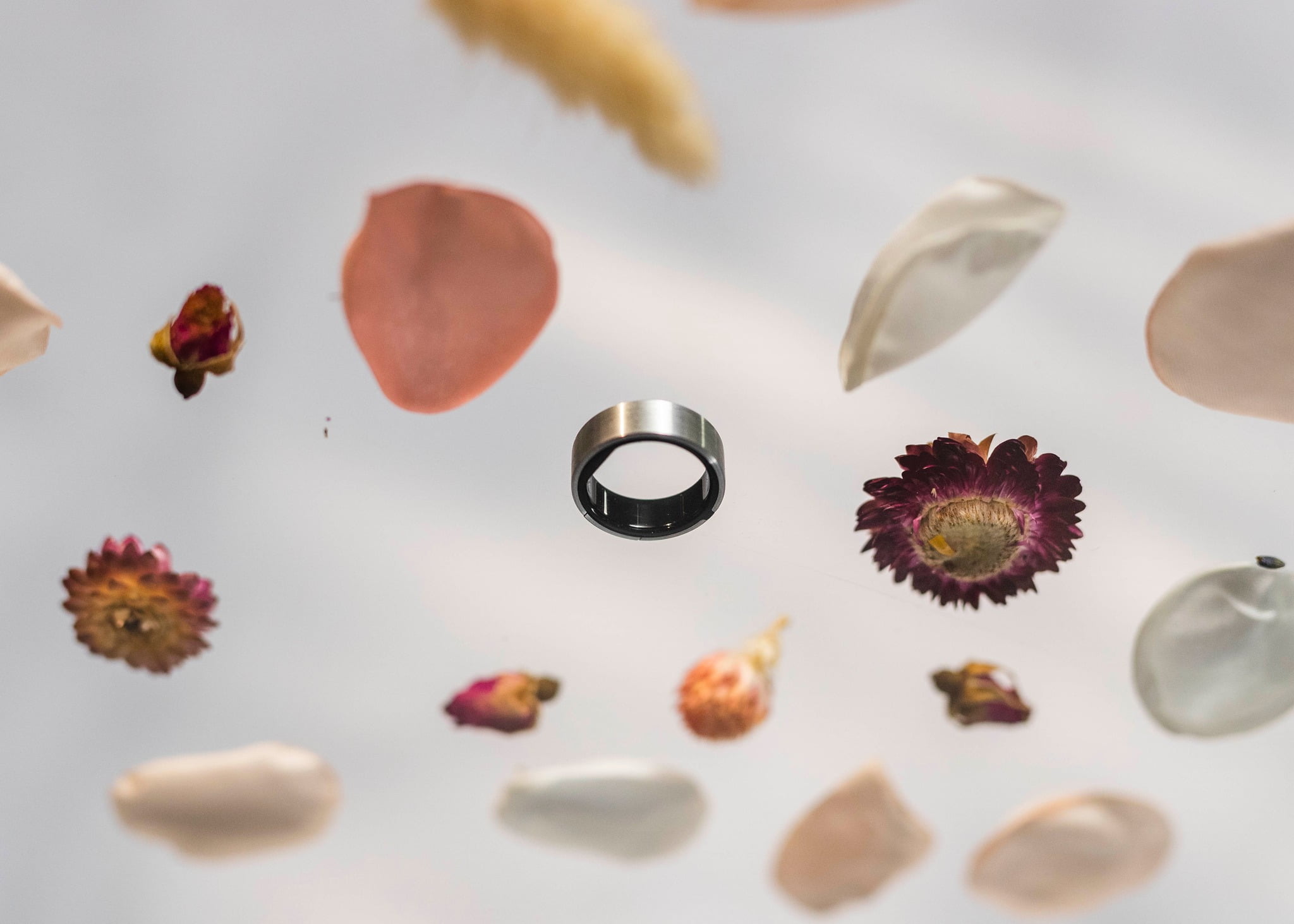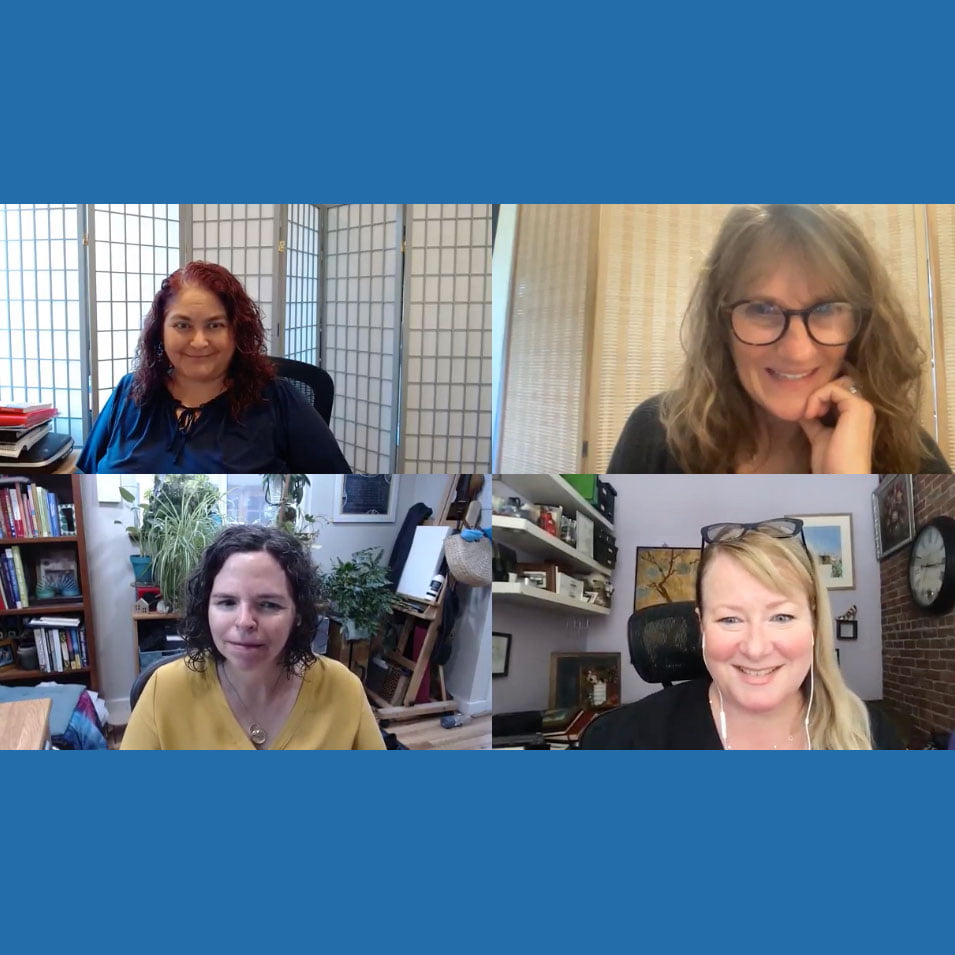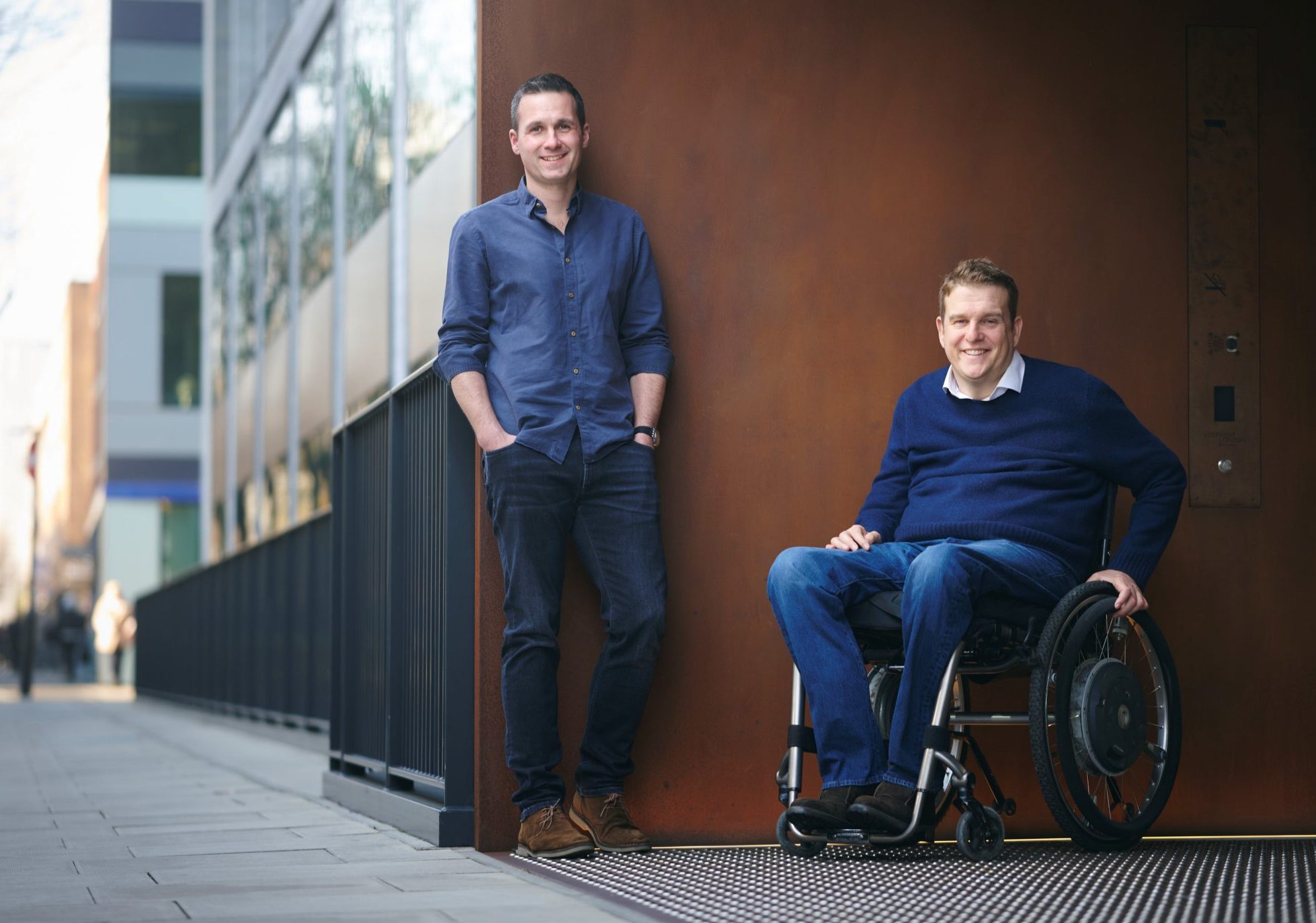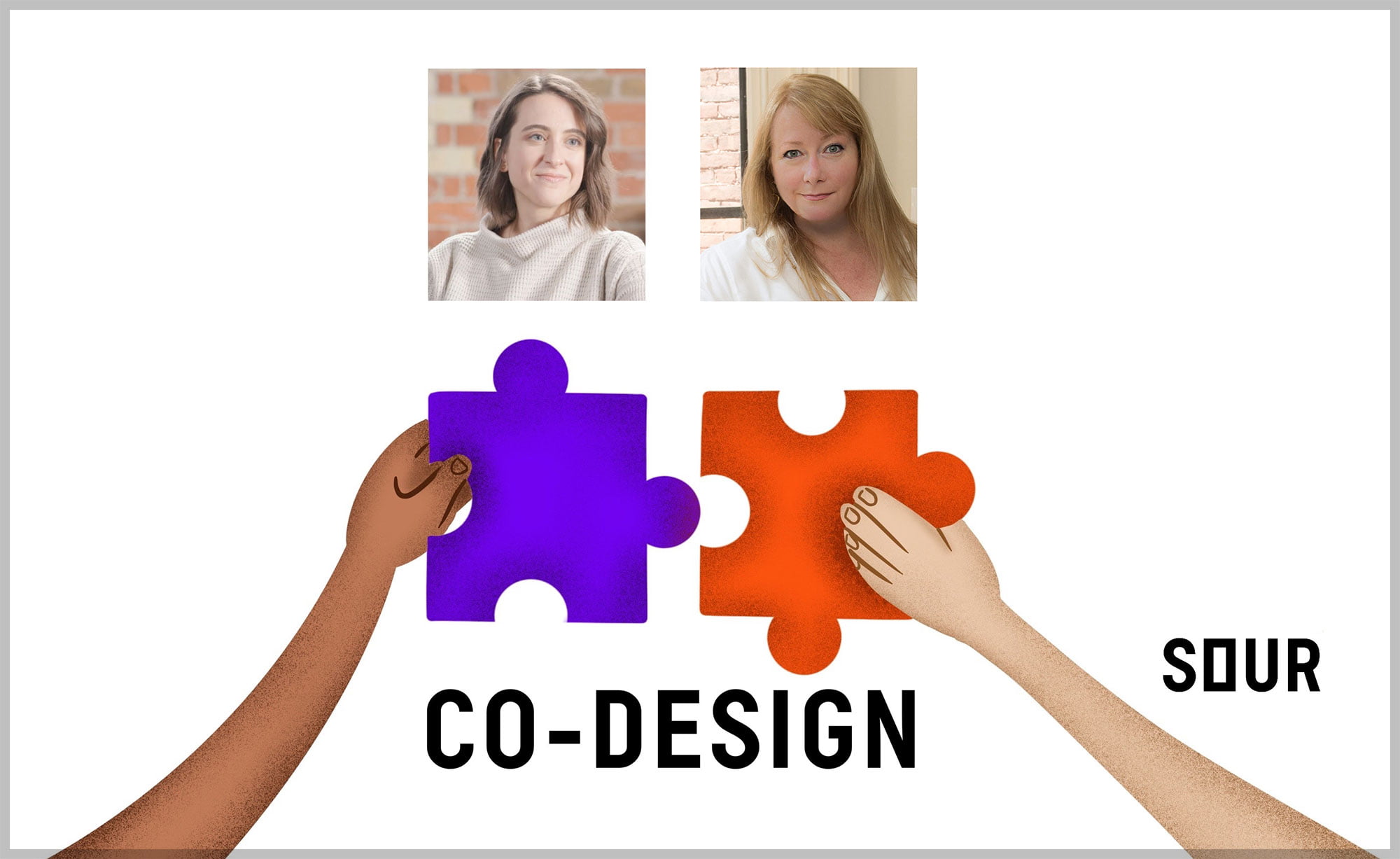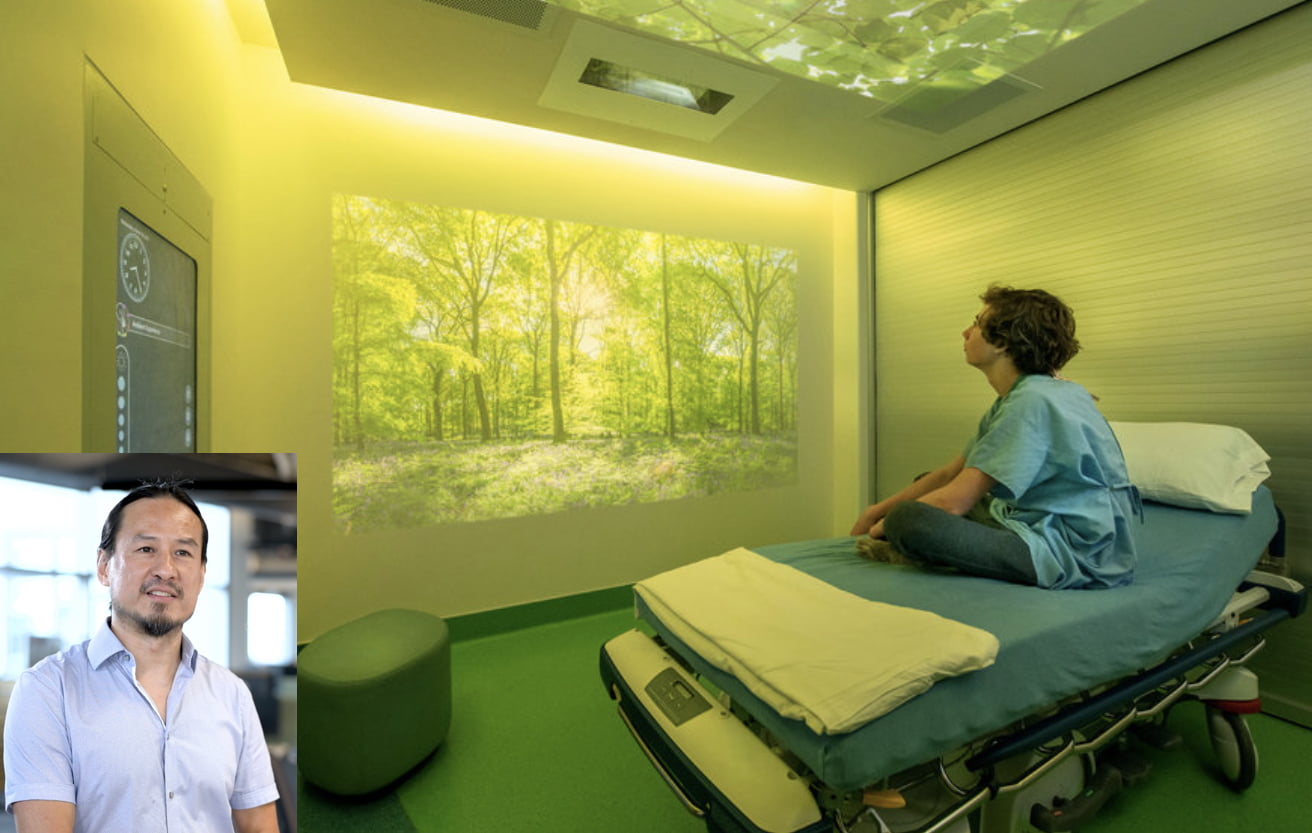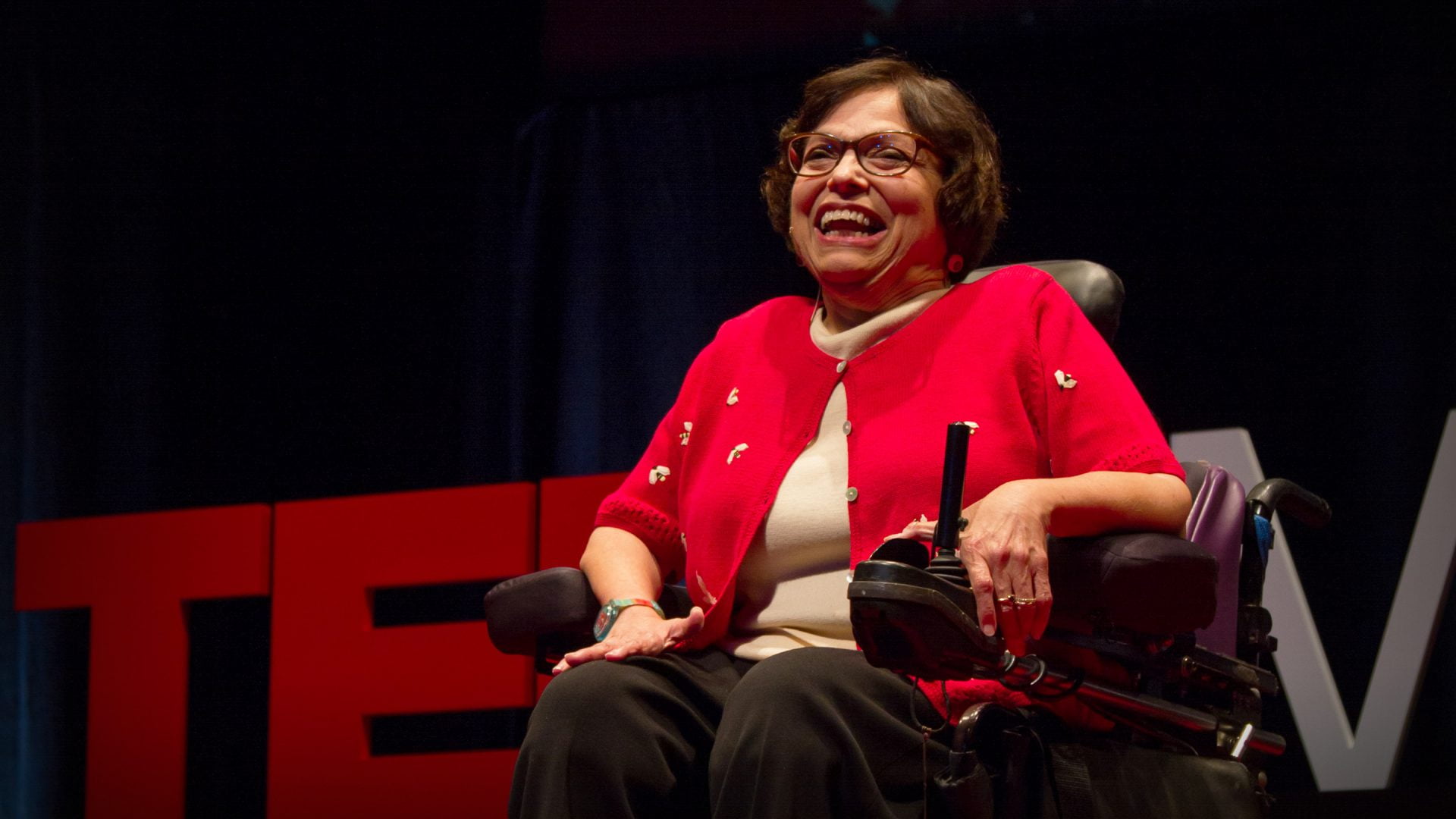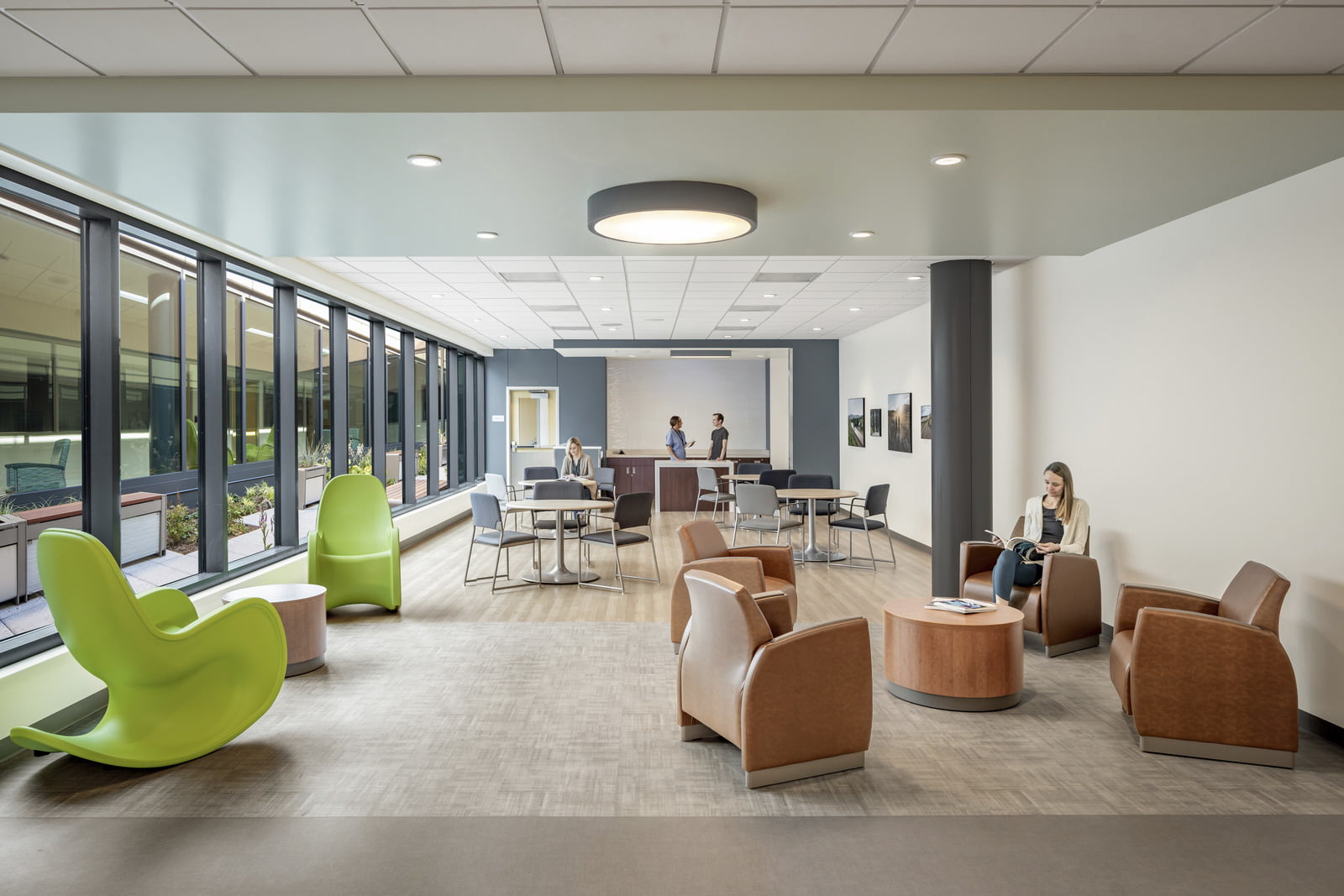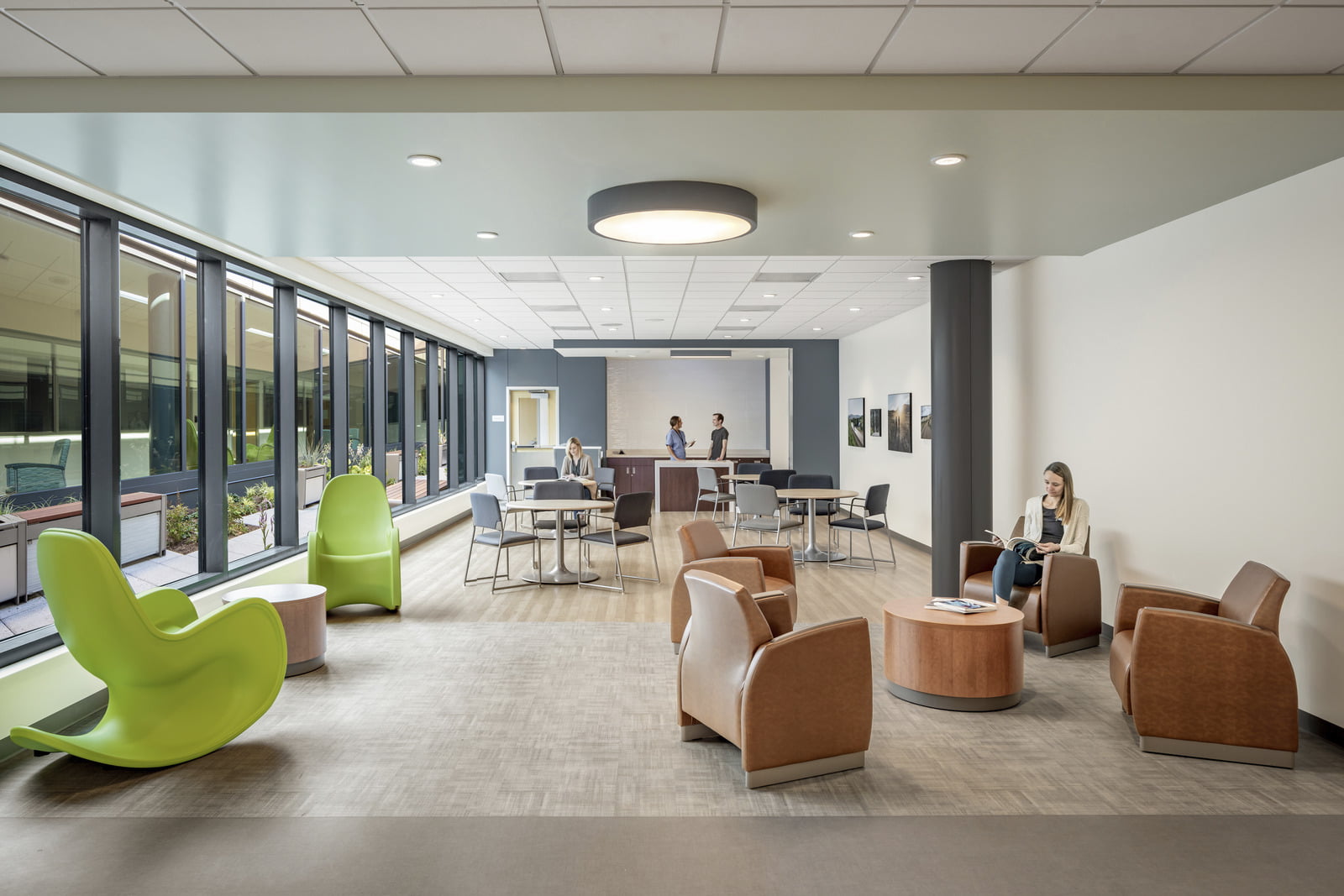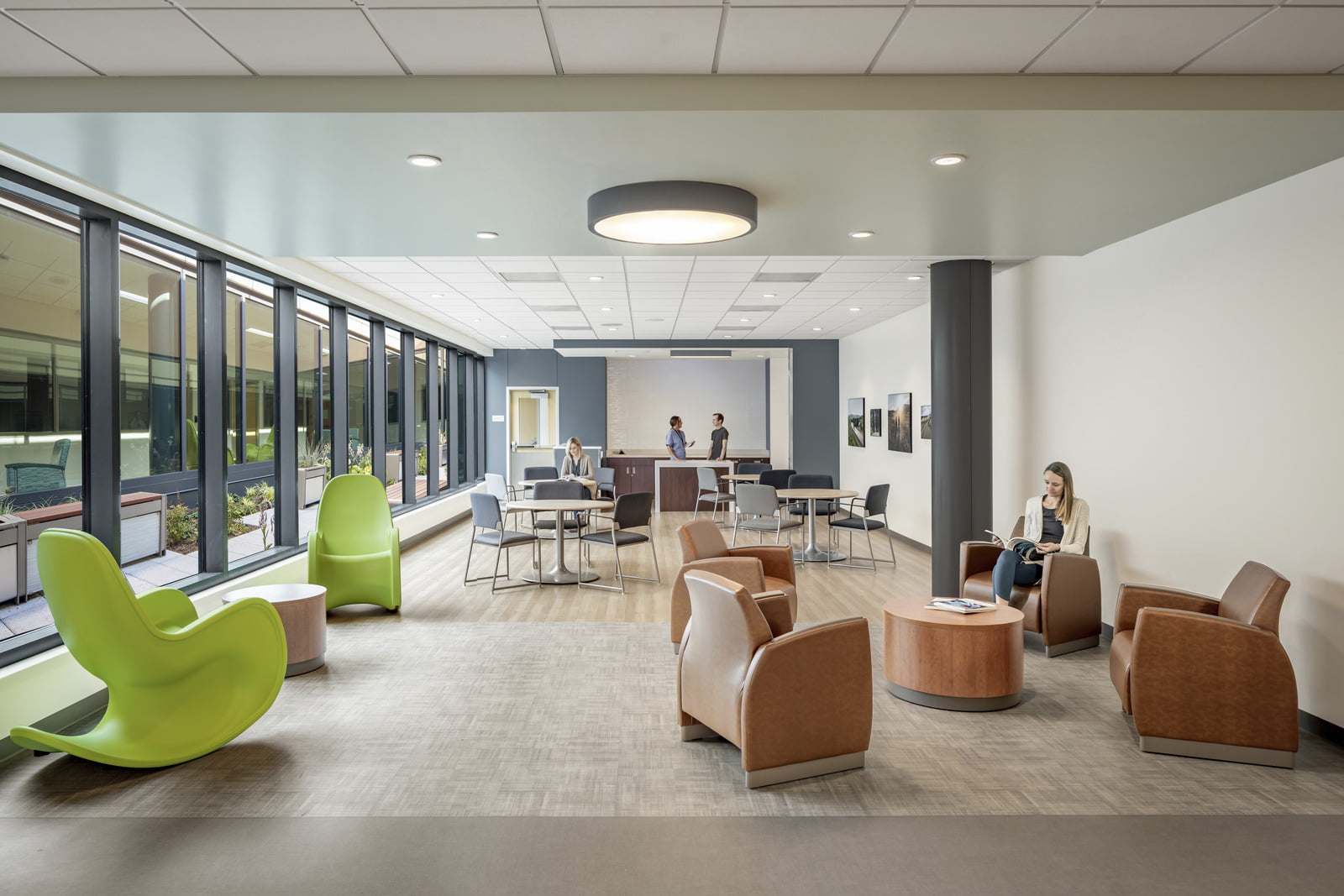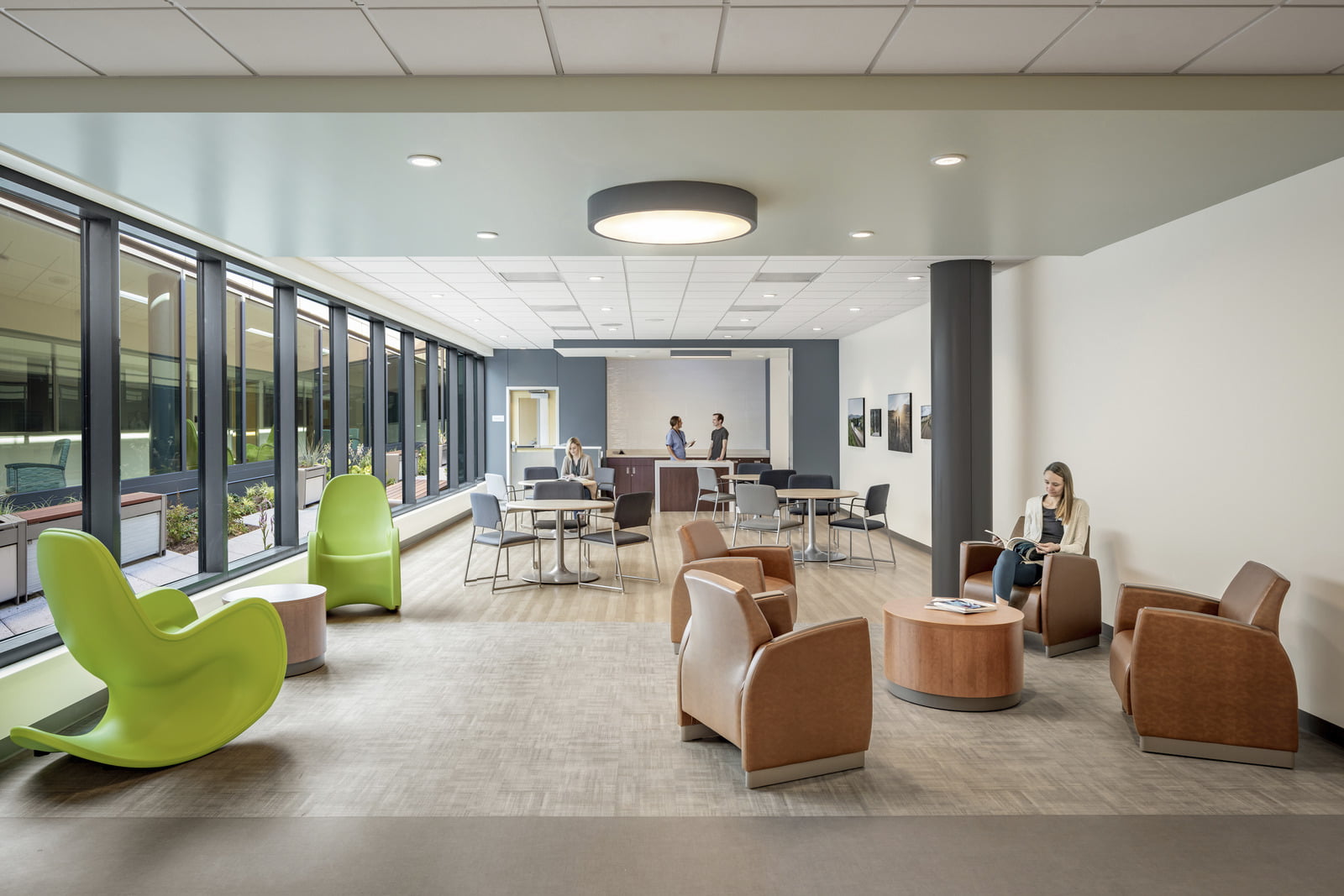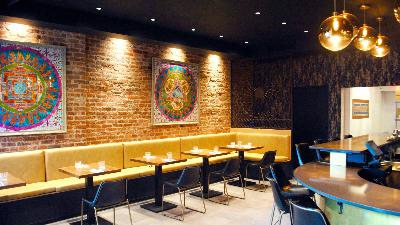Designing for: Crisis Centers with Stephen Parker/Robyn Linstrom (Season 5, Episode 4)
Description
By: Janet Roche & Carolyn Robbins
- Hosted By: Janet Roche
- Edited by: Jessica Hunt
- Guests: Stephen Parker & Robyn Linstrom
- Photo Credit: Stantec
Designing for: Crisis Centers (Season 5, Episode 4)
Inclusive Designers Podcast: Currently, there’s a significant rise in people with mental health issues. But the current system often sends a person in crisis to an already overloaded emergency department. Creating separate Crisis Stabilization Centers can play a key role in addressing the need for better mental health care treatment.
But just what do you need to know to design an effective facility that both reduces the stigma, and takes evidence-based research into consideration?
Guests Stephen Parker & Robyn Linstrom share their very knowledgeable views on the specific challenges designers may face. Spoiler alert, the best solutions use Trauma-informed Design principles!
Guests:
Stephen Parker (AIA NOMA NCARB LEED AP) – is a dedicated Behavioral and Mental Health Planner. Stephen is a proponent of “architect as advocate” for colleague, client, and community alike. Advocating by design for humanity at its most vulnerable, elevating communities in crisis, and serving those that suffer in silence.
His projects range from community-scale recovery centers to expansive mental health campuses— using dignity-driven design research for communities in crisis— with work ranging from China, India, Kenya and across the US & Canada.
Quotes: “Trauma-informed Design principles really are a key factor in informing those very community specific needs to avoid coercion and help individuals in crisis in a humane and safe way”
“We strive really hard to design for dignity. We balance and harmonize the evidentiary with the empathetic, and really championing that lived experience, talking to those individuals in crisis, the family members that have endured it with them, and not make assumptions”
“Every design decision will help or hinder an individual in crisis. And we have a responsibility as designers to do better”
– Contact: Stephen Parker, Stantec
Robyn Linstrom (AIA, EDAC, LEED AP) – is a healthcare architect and senior associate at Stantec, with a passion for behavioral health and designing for healing environments. She believes that the built environment can be a partner in supporting healing.
According to her bio, Robyn is focused on changing design from the institutional to a more therapeutic environment. This challenge drives the work she does. Her goal as a behavioral health specialist is to de-stigmatize psychiatric facilities— with design that provides an environment of hope, dignity, and support.
Quotes: “It’s about creating this environment that allows people in crisis to come in and accept treatment to get out of that crisis that they’re in.
“I want to help reduce stigma. I want to be part of that solution that we could all find ourselves in a situation of needing help at any time”
“It’s really nice to see the gaps being bridged in peer support and all of the different things that we’ve been working on as advocacy is making it into the design world”
“My biggest hope working on these types of facilities is to make this a conversation. Let’s design places that are healing and support people”
– Contact: Robyn Linstrom, Stantec
– References:
- Stantec Mental+Behavioral Health Practice
- Trauma-informed Design Society
- The Boston Architectural College
- The Center for Health Design
- Design in Mental Health Network
- Geropsychology
– IDP Episodes:
– Articles:
- Elevating Community Mental Health
- How Design Can Help Support Mental Health
- Four Trends Driving Behavioral Health Design
Designing for: Crisis Centers (Season 5, Episode 4)
Guests: Stephen Parker & Robyn Linstrom of Stantec
(Music / Open)
Janet: In this series we will be discussing specific examples of design techniques that make a positive difference for people living with certain human conditions.
Carolyn: The more a designer understands the client and or the community the more effective and respectful the design will be.
(Music / Intro)
Janet: Welcome to Inclusive Designers Podcast, I am your host, Janet Roche…
Carolyn: and I am your moderator, Carolyn Robbins…
Janet: We have another amazing episode for our listeners today.
Carolyn: And a very timely hot topic which may present challenges for designers.
Janet: Right? There is an enormous increase in the amount of people seeking help for mental healthcare today, and with it, a rise in the need for Crisis Center facilities to take the overwhelming burden off of local Emergency Rooms.
Carolyn: We realized how important this issue really is, and that we had to do an episode on it.
Janet: These centers need to reduce the stigma, and taking evidence-based research into consideration can do just that. It’s those things we tend not to think of when people are in crisis that can make a huge difference.
Carolyn: Luckily, we found two very knowledgeable experts in this field, Stephen Parker & Robyn Linstrom from Stantec. Let me tell you a little more about them…
Stephen Parker- is a Behavioral and Mental Health Planner. His projects range from community-scale recovery centers to expansive mental health campuses— using dignity-driven design research for communities in crisis— with work ranging from China, India, Kenya and across the US & Canada.
Janet: As a mental health design subject matter expert, Stephen believes strongly in advocating by design for humanity at its most vulnerable, elevating communities in crisis and serving those that suffer in silence.
Carolyn: And we are also delighted that Robyn Linstrom is joining us. She is a healthcare architect and senior associate at Stantec, with a passion for behavioral health and designing for healing environments. She believes that the built environment can be a partner in supporting healing. According to her bio, Robyn is focused on changing design from the institutional to a more therapeutic environment. This challenge drives the work she does.
Janet: I love that her goal as a behavioral health specialist is to de-stigmatize facilities— with design that provides an environment of hope, dignity, and support.
Carolyn: And speaking of support, if you or someone you know is having mental health issues and needs help, know that it is available – you can call 1-800-273-8255 or simply dial 988.
Janet: And here’s a little pro tip for you—to help with any anxiety try sitting with your feet on the floor and focus on your breathing. That can help calm you. Or- take a drink of water and just focus on how your body feels. These are grounding techniques that can be used anytime, anywhere.
Carolyn: Sometimes, that may be all that is needed, but if not, it’s so vital for someone in crisis to get more help.
Janet: And ideally, they will be able to get it in a facility that has taken all the right steps in the design phase.
Carolyn: Sounds like it’s time to hear from our guests…
Janet: Yes, and these two truly know what it takes to design a good mental health crisis center.
Carolyn: and with that, here is our interview with Stephen Parker & Robyn Linstrom…
(Music / Interview)
Janet: Welcome to Inclusive Designers. I am your host Janet Roche and today I have Steven Parker, as one of our guests. Hi Steven.
Stephen: Hello Janet. Great to be here.
Janet: Thank you.



